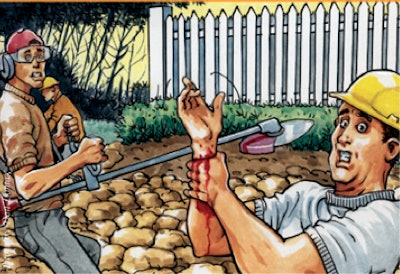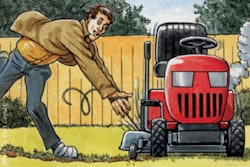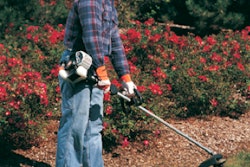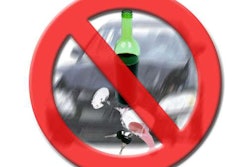
What the expert says: A standard first aid kit could have prevented the complications resulting from this injury. A pocket guide in the kits explains how to wrap wounds in a manner that slows or stops bleeding without cutting off circulation to a limb, says Dennis’ 7 Dees Landscaping in Portland, Oregon. A sterile cloth you can use to make a sling or to put pressure on a laceration is also part of first aid kits.
OSHA requires your employer to provide an easily accessible kit that contains “basic supplies necessary to address typical work site first aid needs.” The contents of the kit should be in sealed packages within a weatherproof container, and your employer should check the kit weekly to ensure expended items are replaced, OSHA stipulates.
Dennis’ 7 Dees keeps a kit in each of its trucks, two in the company’s shop and one in its headquarters building. The company says these items should be in a first aid kit at every jobsite:
- First aid booklet – This can help you deal with a safety crisis whether it’s bad enough that you’re panicking or if you’ve just forgotten what you need to do.
- Latex rubber gloves – Wear gloves if you will come in contact with bodily fluids while treating an injured co-worker.
- Antiseptic cream and wipes – Use to clean minor cuts and scrapes and prevent infection.
- Burn cream – Apply immediately to minor burns.
- Band-aids, gauze and first aid tape – Cover minor to serious wounds with these.
- Large piece of cloth – This comes with instructions for creating a sling or using it to stop bleeding.
- Heating blanket – Place the blanket between an injured person and the ground to keep him warm and prevent shock while you wait for emergency personnel.
- Tweezers – Avoid a trip to an urgent care center by using tweezers to remove wood or metal slivers embedded in your skin.
The company also suggests keeping a list of urgent care centers in your metro area in the kit, along with a good map of the city. If you will be using pesticides or herbicides, you should carry eye and skin wash with you.










